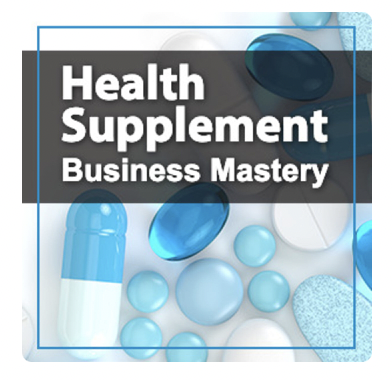Organizations love structure and processes. Without them it’s the ‘Wild West’ and that only leads to frustration and if you’re really lucky success in spite of itself.
Conversion optimization is no different. In order to succeed in any organization of any size, it needs two things.
- Someone Who Will Own It – One person with complete authority, who is in charge and fully responsible and accountable for website conversion. This can not be a one time project or an additional responsibility on top of traffic, SEO, marketing or some other role within the organization. Sorry but this person needs to be dedicated to just conversion, that’s what owning it means.
- A Process – Conversion rate optimization (CRO) needs to be able to be conducted as a scientific systematic process, that combines both science and art. It’s not about the tools, it’s about the people and their ability to dig deep into the data as well as the psychology of the buyer.
The problem is that CRO is a messy beast. There are so many things to do all from a large breadth of specialized disciplines like, usability, statistics, design, copy writing, analytics, psychology and more, that it’s often a daunting task to start or even know where to begin.
Because it’s such a behemoth and quite frankly quite a blow to the ego for some, let’s be honest it’s not easy to live with your test treatment being a losing variation, that there are only two scenarios that many organizations usually default to.
1. Puke and Pray
This is the throw up a lot of stuff and hope something sticks to the wall approach. This unfortunately is where most people start because the conversion discipline is such a hairy ugly beast that many don’t know where to start, much less where to put more effort to gain more results.
Organizations at this stage test anything with no real structure. One idea piles on top of another until it’s a big mess. The organization thinks they are doing well and they may have some wins and improvements but in actuality what they usually have are test that are not valid because of one or many validity threats like the history effect or even an instrumentation effect, or worse one test cannibalizes another and they think they are improving.
2. The Land of Science and Discipline
At this stage an organization has a structured approach to testing that begins with an analysis of the data and their customer’s psychology and behavior through web analytics, conducting usability testing and surveying customers which is step one.
Next the creation of an insight and testing ideas dashboard and a systematic way to prioritize tests based on meaningful key performance indicators (KPIs) is vital to the success of a structured approach.
All of this infromation is used to create a test plan document that should include a hypothesis and a conversion goal.
After the test has completed the results need to be presented to stakeholders where insights are expanded upon to develop future follow up tests and leverage opportunities throughout the organization beyond the test.
The greater the structure and ownership, the greater the chance of success for conversion rate optimization within your organization. I hope this provided a brief overview that can help you in developing a structure for CRO within your organization.
Discover the 3 funnels that can help your health supplement business succeed.

Listen to the Health Supplement Business Mastery Podcast for for dietary supplement entrepreneurs and marketers.



